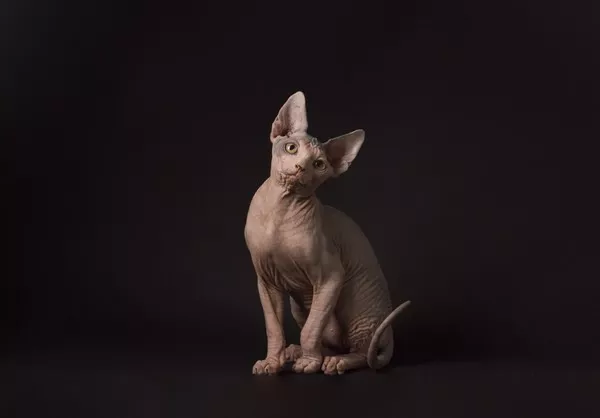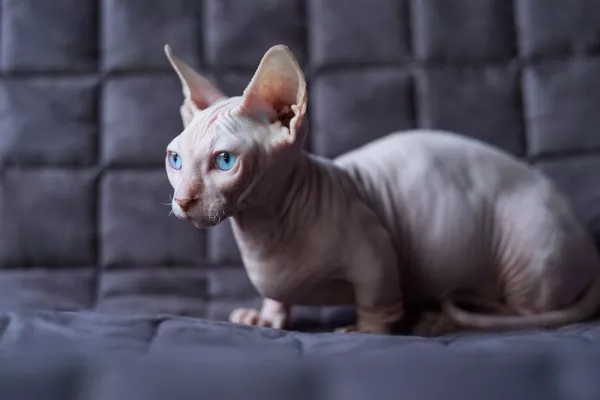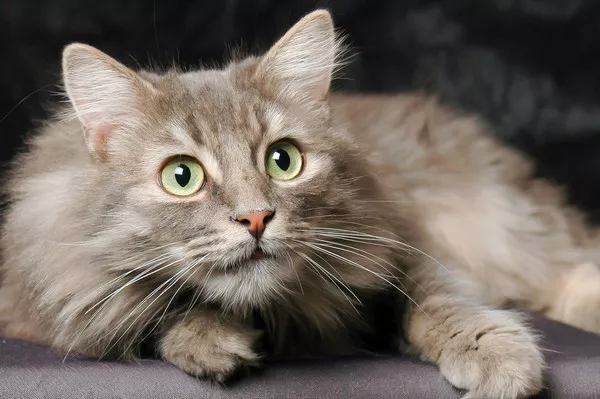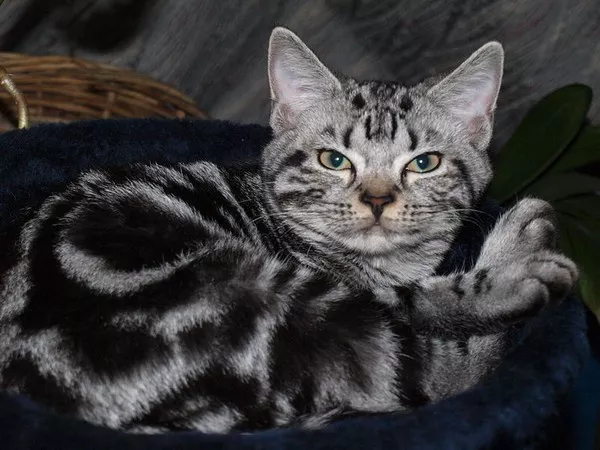Sphinx cats are a unique and captivating breed known for their hairless bodies, large ears, and inquisitive personalities. As with any cat breed, there are several factors that influence when a sphinx cat is ready for breeding. In this article, we will explore the age range at which sphinx cats can breed and the considerations to keep in mind during the breeding process.
1. The Developmental Phases of Sphinx Cats:
Like other feline breeds, sphinx cats go through distinct developmental phases before reaching sexual maturity. These stages include the neonatal phase, socialization period, juvenile phase, and adulthood. Understanding these phases is crucial to determining the appropriate age for sphinx cat breeding.
2. Neonatal Phase:
The neonatal phase encompasses the first two weeks of a sphinx kitten’s life. During this time, the kittens rely entirely on their mother for nourishment and care. They are unable to regulate body temperature and have closed eyes. Needless to say, sphinx cats should never be bred during this stage as they are still highly dependent on maternal care.
3. Socialization Period:
Between 2 to 7 weeks of age, sphinx kittens enter the critical socialization period. It is during this time that they learn important skills such as social interaction, communication, and play behaviors. However, breeding is not recommended during this period as the kittens are still developing emotionally and physically.
4. Juvenile Phase:
The juvenile phase typically spans from 8 weeks to 6 months of age. At this stage, sphinx cats start gaining independence from their mothers and explore their surroundings more actively. While sphinx cats may exhibit signs of sexual interest during this phase, breeding is still not advisable as they have not reached sexual maturity.
5. Sexual Maturity and Breeding:
The age at which a sphinx cat reaches sexual maturity can vary. Generally, sphinx cats become sexually mature between 6 to 10 months of age. However, it is crucial to note that individual cats may reach sexual maturity at different rates. It is recommended to consult with a veterinarian or an experienced breeder to assess the readiness of a specific cat for breeding.
6. Considerations before Breeding:
Breeding sphinx cats requires careful consideration and responsible practices to ensure the health and well-being of both the parents and offspring. Here are some important factors to bear in mind:
Genetic Health: It is crucial to select breeding pairs with no known genetic health issues. Regular health screenings should be conducted to detect any potential hereditary conditions.
Age and Health of the Cat: The physical and emotional well-being of the cat should be taken into account. Older sphinx cats may experience complications during pregnancy and delivery, while very young cats may not have fully developed reproductive systems.
Responsible Breeding Practices: Breeders should have comprehensive knowledge of the breed’s standards and ethical breeding practices. This includes properly screening potential kitten buyers and providing adequate care for the mother and kittens throughout the process.
Conclusion:
Sphinx cats are captivating creatures with unique qualities. When considering breeding sphinx cats, it is essential to understand the various developmental stages they go through and the age range at which they become sexually mature. Responsible breeding practices, genetic health considerations, and the physical and emotional well-being of the cats must be prioritized. By following these guidelines, breeders can help ensure the continued health and prosperity of this remarkable feline breed.



























